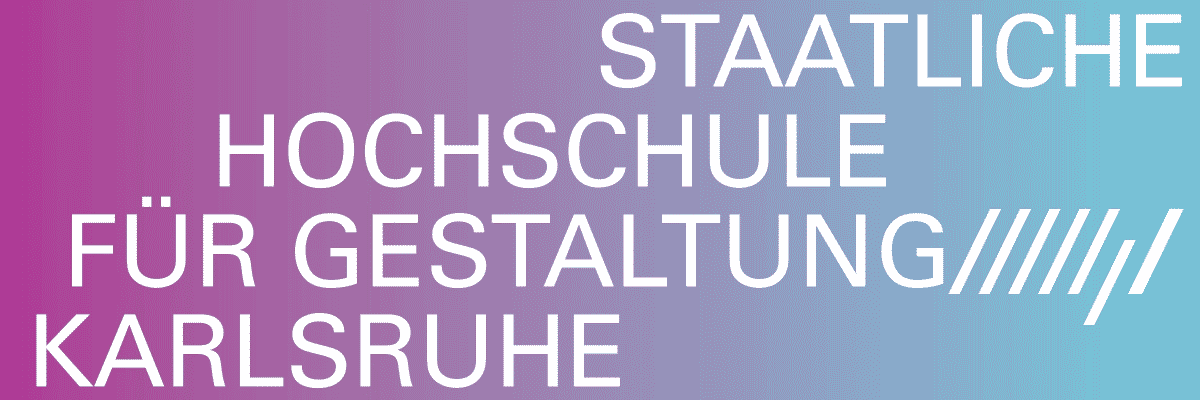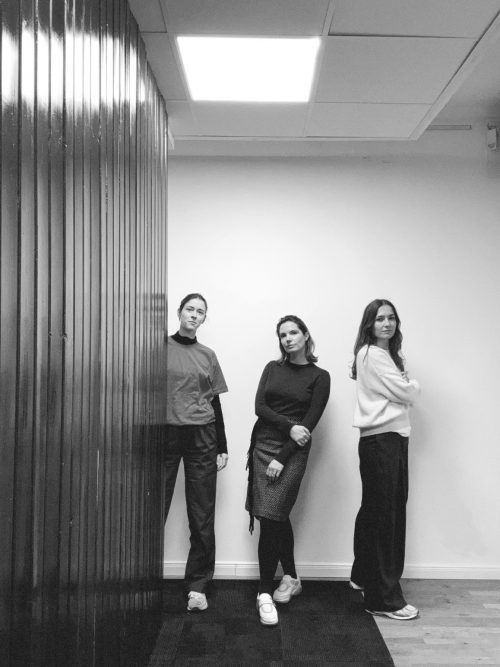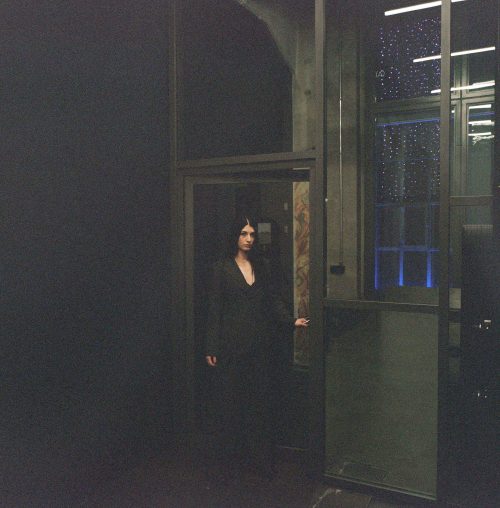
Anastasis Panagis Meletis
Tales of the Green Heart
Project Info
- 💙 Okay initiative Space
- 💚 Captain Stavros
- 🖤 Anastasis Panagis Meletis
- 💜 Mariza Kefala
- 💛 Frank Holbein
Share on

Advertisement


















The exhibition space has been transformed into a desolate laboratory, once the domain of a pseudo-scientist who, through ritualistic practices, sought in vain to save the world and himself. Nature and mythology intertwine with the artist's personal experience. Possessed - acting as an intermediary for prehistoric nature deities - he observes and records, transforming himself as he seeks answers. The story of the enraged Greek goddess of harvest, Demeter, who, wounded, withdraws from the world, leaving humanity on the brink of extinction, serves as a primary inspiration.
The title, "Tales of the Green Heart," refers to both a, poisoned, transformed heart, and to the heart-shape symbol, which originally depicted seeds and plant leaves.
All around, decay sets in, toxicity spreads, and life dwindles. Green, a symbol of both vitality and disease, dominates the space, now a barren landscape, contaminating it.
Like Demeter, the researcher has withdrawn. The "laboratory" the artist constructs, now haunted, is inhabited only by a green heart. Scattered damaged and merged materials, dead plants, human remnants, along with what remains of the disappeared scientist's research, serve as clues to reconstruct a fragmented story.
The artist infuses the space with his absence. In the laboratory, his dismembered effigy, crafted from a blend of soil, plaster, resin, debris, and plant matter, lies. Around the heart flowers in decomposition blossom, preserved in various chemicals. They seem to have frozen from a harsh winter or petrified from the microclimate of a cave. On the flowers, crystals grow through a chemical process, using borax, a material that in agriculture acts as a fertilizer for growth and fruiting, but in excessive doses kills the plants.
As a scavenger of sorts, the artist gathers discarded papers, newspapers, books, and drawings. Recycling these fragments, he crafts fragile surfaces, upon which he narrates a tale of withdrawal, of angry goddesses who self-mutilate, and characters who find salvation when they transform into plant-like hybrid beings. The wall becomes a shrine, filled with gestural murals of occult mythological references made of mud, that occupy the wall and frame the drawings. Opposite to the shrine, an idol is erected and a sacrifice is prepared.
The ritual tho is not yet complete. Whatever remains in the abandoned laboratory is a trace of the artist's attempt to explore the possibilities of confronting a disaster. Through his works, the artist processes the frustration and emotional void left behind by the traumatic end of a relationship. He parallels the condition caused by this wound with a collapse that starts from within and engulfs the world, akin to a complete natural disaster. The cessation of care and the withdrawal get interconnected with the exploitation and destruction of nature. Myths and ritual come - perhaps - to provide solution, escape, or even redemption.
The individual trauma, identified with the decomposition of the natural environment, extends to the collective through myths. By reappropriating and redefining this myths and rituals, something that would otherwise remain unconscious is released. The exhibition invited the audience to reconsider their relationship with nature, seeking solutions and an escape in a world where the heart, as a symbolic center of life, although poisoned, remains intact and capable of regeneration.
Mariza Kefala




